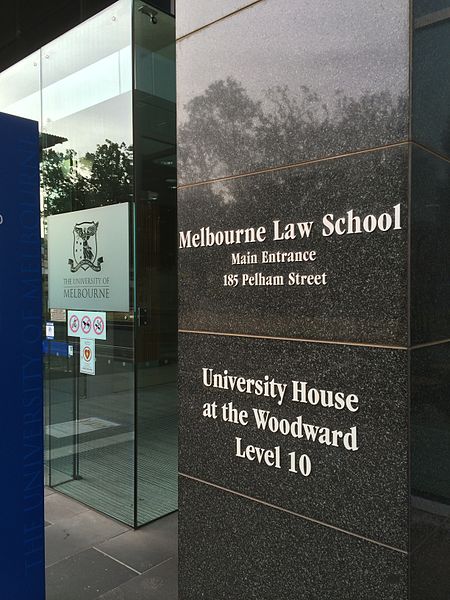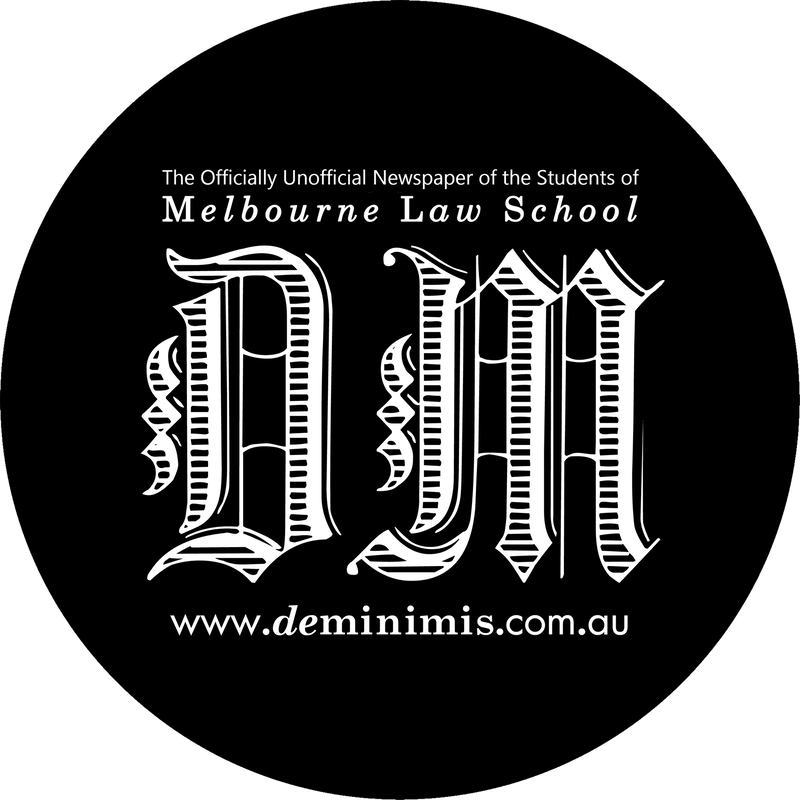|
The current LSS Secretary, Anna Belgiorno-Nettis, highlighted in an article on the LSS elections last year that “the LSS committee is being chosen from fewer of the students, and voted in by fewer of the students.” She provided some interesting statistics: in two years, the number of uncontested Committee positions had increased from 24% to 72%, and elections voter numbers had decreased by 19% (without factoring in how many more students are now enrolled in the course). She is doing some good work trying to rectify this situation – she’s made online surveys, has written up the feedback, and is in the process of implementing suggestions. Her idea is that one way students will be more engaged with elections is if the “medium of informing and engaging” students with elections is improved. This is surely true: online voting was trialled for the first time this year for First Year Representative Elections and voting was up – 201 from 179 last year, with all but 18 votes made online. In this article I will argue that the medium can only go so far, however (a sentiment the LSS Secretary is in agreement with). I want to highlight the wider context of the LSS, and the fact that student disengagement may in fact mostly be structural. This article will be in two parts. The first part will look at the wider context, and the second part will place the LSS within that context. Australia now ranks thirty-third out of the thirty-four OECD member countries in terms of public funding of universities. This is in large part due to the reforms introduced by the Labour governments of the late 1980s, reforms which imposed deregulation on universities. I say ‘imposed’ because, as stated by the University of Melbourne economist Max Corden, the application of market principles to universities has required “increasingly intense bureaucratic control”. This has been consistently against the will of the Australian people. Recent polling commissioned by Universities Australia found that 87 per cent of people supported an increase in federal government funding for universities, and 82 per cent agreed that cutting public funding for universities could threaten Australia’s future.[1] The change in the 1980s from a popularly supported system of free tertiary education to an imposed system of tuition fees exposed to market forces is only a part of a much wider shift. This shift can be thought of in terms of a world-wide shift in border policy – borders became increasingly militarised for real people, whilst, simultaneously, borders have more or less disappeared for capital. This created, says Chomsky, “a ‘virtual senate’ of investors and lenders, who ‘conduct moment-by-moment referendums’ on government policies. If the virtual senate determines that those policies are irrational - meaning that they are designed to benefit people, not profit - then it can exercise its ‘veto power’ by capital flight, attacks on currency and other means.”[2] This is consistent with the evidence: a Stanford study looking at whether the U.S. is in fact a democracy found last year that “the preferences of the average American appear to have only a minuscule, near-zero, statistically non-significant impact upon public policy”. Power over public policy lies instead with “economic elites and organized groups representing business interests”. As governments came to be controlled by the virtual senate of investors and lenders, so too did other institutions. This was especially so for institutions which rely on public funding, which—relevantly for our purposes—includes universities. In his history of the Melbourne Law School, John Waugh writes that student and staff activism in the 1970s created opportunities for popular participation in decision-making at all levels in the University. There was an emphasis in the Law School, he says, on “participation by staff, and eventually by students as well”. It was a “village democracy”.[3] This changed with the 1987 reforms imposed by the Education Minister John Dawkins. He drew universities “under closer central control”, says Waugh, with “a drive towards efficient and effective management”. Deans were no longer elected by staff, but appointed by central management, the effective choice being that of the vice-chancellor. They “became more than ever a chief executive on corporate lines”,[4] with Michael Crommelin being the first to fulfil the role in this new era. Cuts in government funding meant that the government came more and more to control and direct research, with much needed research grants now targeted rather than general. The discretion previously available to academics as to how grants were used was thereby carefully restricted. Research output began to be recorded with increasing precision under direction from the federal government, with publication data now a key input in funding formulae. Cuts in funding also meant the Law School was driven to introduce fee-paying courses in specialist subjects designed to feed new amalgamated corporate law firms, thus “riding the wave of specialisation” then occurring in the corporate world. Consultants began to be employed, their role being to make the Law School “enterprising, market-responsive and competitive”. Indeed it was consultants who suggested the introduction of the Juris Doctor in their review of the Law School’s deteriorating financial prospects in 1997. A postgraduate program would mean deregulated fees, and thus greater income. The Law School sought to bring the course on-stream in 1998, but did so without any consultation with academic staff. This caused a mini-revolt, with many characterising the degree as “law for the rich” because it did not contain subjects such as family or labour law. A revised program which included both subjects was introduced in 2000.
The University and the Law School had been “corporatised”, in the sense that decision-making power was now concentrated in a select few individuals at the top whose role was to maximise production gaged according to Key Performance Indicators (KPIs). The central KPI for corporate CEOs is generally relative profit (maximising profit relative to other corporations); however in the case of Universities it is world rankings (how does the University rank relative to other universities world-wide). As The Mission Statement of the Law School reads, it is “committed to creating and sustaining a culture of excellence measured against the best law schools in the world”. Rankings essentially measure research output in select journals. Academics are therefore now seen as machines which produce papers. Their efficiency is determined by how many papers they publish in those journals the rankings organisations think highly of. Free-inquiry is worryingly curtailed, with academics taught to be subservient to the demands of journals rather than simply pursuing what they themselves might think worthwhile. The University of Melbourne and the Melbourne Law School are no longer democratic institutions. Staff now must do what they’re told, with decision-making power taken out of their hands. Those in positions of power wield it to try and attain high university rankings, with high rankings dependant on research funding. Research funding in turn is dependent on income, a large part of which comes from student tuition fees. In order to attract students universities employ extensive marketing teams to sell their courses. Marketing teams, to bring it full-circle, love rankings – they are an easy way to sell the University as a product. It is therefore marketing teams which are primarily behind the drive to achieve higher University rankings, and in many ways it is they who now have the greatest control over the way the University of Melbourne and Melbourne Law School operate. It is in this context that student engagement with the LSS must be seen. For what, in all this, is the role of the LSS? This will be discussed in part two. Duncan Wallace is a second-year JD student and Managing Editor of De Minimis. [1] http://insidestory.org.au/the-university-rankings-no-government-wants-to-talk-about [2] http://www.newstatesman.com/south-america/2010/06/chomsky-democracy-latin [3] Pg 215 First Principles [4] Pg 239 Comments are closed.
|
Archives
October 2022
|



